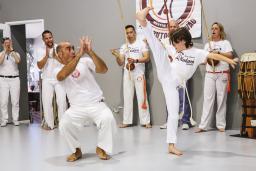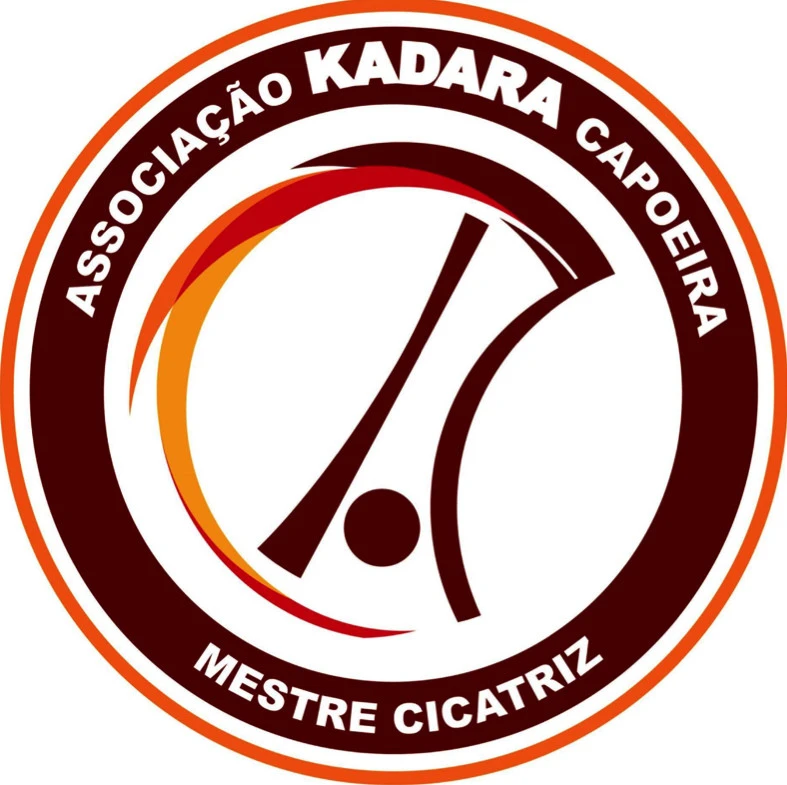The Bilingual Boost: Martial Arts as a Gateway to Second Language Learning
 Capoeira
Capoeira
Cognitive Benefits of Martial Arts: Engaging in martial arts enhances cognitive functions such as memory, focus, and problem-solving skills. These mental benefits create an optimal environment for language acquisition, as the brain becomes more adept at processing and retaining information.
Discipline and Routine: Learning a second language requires consistency and discipline, virtues instilled through martial arts training. The structured nature of martial arts classes teaches children the importance of regular practice, a habit that can seamlessly transfer to language learning routines.
Language in Motion: Many martial arts involve vocal commands and expressions, reinforcing language through movement. This connection between physical activity and language creates a dynamic learning experience, making the acquisition of a second language more engaging and enjoyable for children.
Capoeira and Portuguese Language: Capoeira, a Brazilian martial art that combines elements of dance, acrobatics, and music, is a unique example. Originating in Brazil, capoeira has become one of the biggest drivers of the dissemination of the Portuguese language. The rhythmic chants, songs, and cultural context woven into capoeira sessions create an immersive language experience.
Cultural Awareness: Learning a martial art often involves exposure to its cultural roots. In the case of capoeira, children not only learn the movements but also gain insights into Brazilian culture, fostering a broader cultural awareness. This exposure can pique their curiosity about the language spoken in the country of origin.
Social Interaction and Language Learning: Martial arts classes provide a social setting where children can practice communication skills. Whether through partner drills, group exercises, or discussions with instructors, children develop language skills in a supportive environment, building confidence in their ability to communicate.
Parental Involvement: Encouraging children to participate in martial arts can also involve parents in the language learning journey. Families can explore language resources together, creating a shared experience that extends beyond the martial arts studio.
Conclusion: Incorporating martial arts into a child's routine can have lasting benefits, extending to the realm of language learning. Whether through the cognitive boost, discipline, or the unique language experience offered by arts like capoeira, martial arts can open the door to a world of linguistic discovery for children. So, why not let your child kick, punch, and learn their way to bilingual brilliance?
- Capoeira Classes & Lessons in Australia
- Capoeira Classes & Lessons in Adelaide
- Capoeira Classes & Lessons in Brisbane
- Capoeira Classes & Lessons in Inner North
- Capoeira Classes & Lessons in Hobart & South East
- Capoeira Classes & Lessons in Melbourne
- Capoeira Classes & Lessons in Darwin
- Capoeira Classes & Lessons in Sydney
- Capoeira Classes & Lessons in Perth
